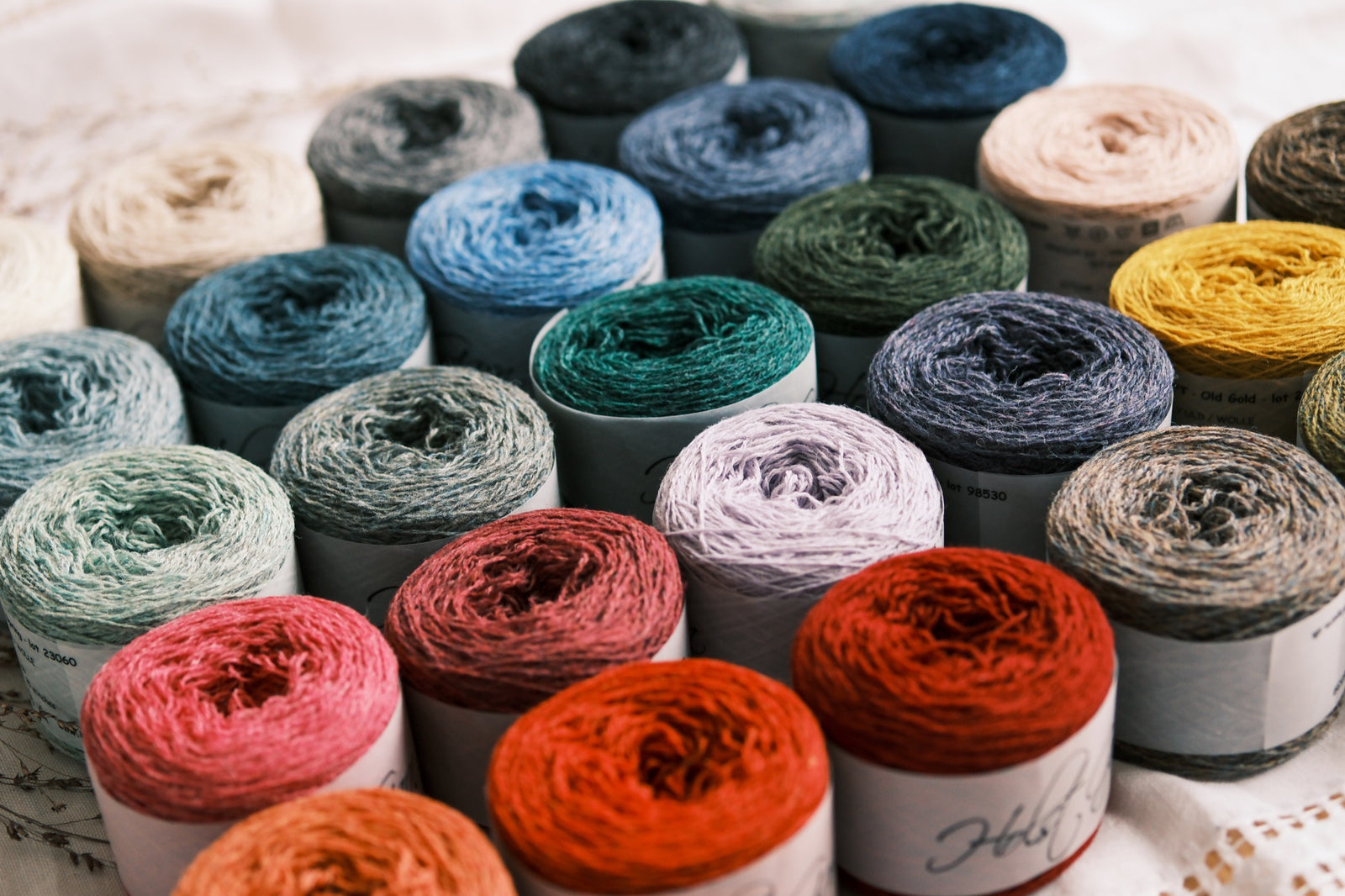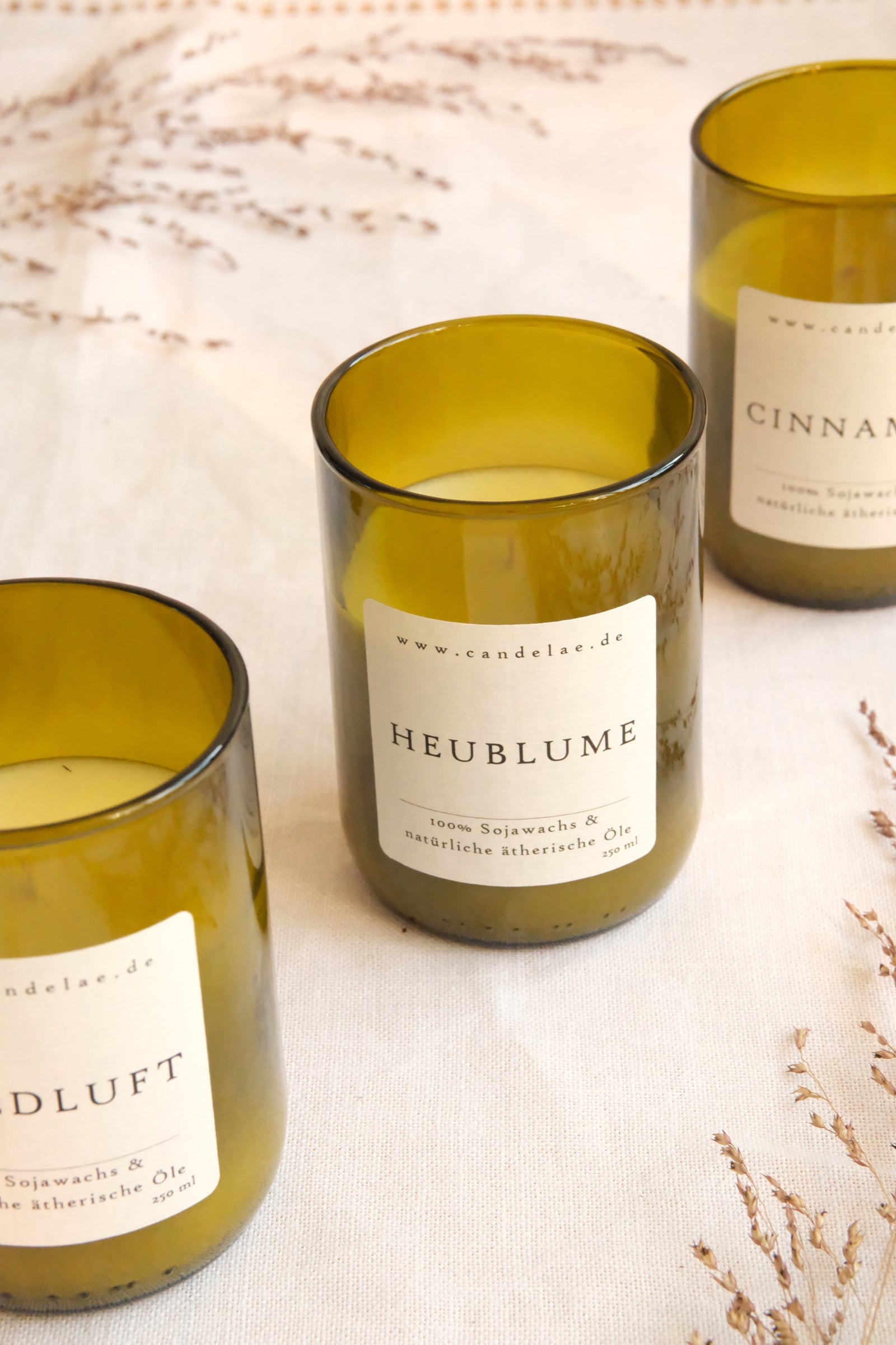Your Cart is Empty
Free Shipping on orders over €75 (Germany) | €125 (International)
Free Shipping on orders over €75 (Germany) | €125 (International)
Notions & Gifts
Books, Magazines & Patterns
- Annika Scheer | Rosemary & Pines Fiber Arts
- Ayano Tanaka
- Barbara Gottwik
- Crystal Hiatt
- Elena Solier Jansà
- Emily Joy Rickard
- Emma Ducher
- Fiona Alice
- Fiona Munro
- Imke von Nathusius
- Jennifer Brou
- Jill Thompson Beach
- Joan Forgione | Paper Moon Knits
- Julia Exner
- Kjerstin Rovetta
- Ksenia Naidyon | Life is Cozy
- Madeleine Renarde
- Makenzie Alvarez
- Making Stories
- Maria Muscarella
- Marina Skua
- Marthe Forodden
- Rebekka Mauser
- Renate Kamm
- Susan Schädler
- Tania Dejoie
- Valentina Cosciani
- Vanessa Pellisa
- Annika Scheer | Rosemary & Pines Fiber Arts
- Ayano Tanaka
- Barbara Gottwik
- Crystal Hiatt
- Elena Solier Jansà
- Emily Joy Rickard
- Emma Ducher
- Fiona Alice
- Fiona Munro
- Imke von Nathusius
- Jennifer Brou
- Jill Thompson Beach
- Joan Forgione | Paper Moon Knits
- Julia Exner
- Kjerstin Rovetta
- Ksenia Naidyon | Life is Cozy
- Madeleine Renarde
- Makenzie Alvarez
- Making Stories
- Maria Muscarella
- Marina Skua
- Marthe Forodden
- Rebekka Mauser
- Renate Kamm
- Susan Schädler
- Tania Dejoie
- Valentina Cosciani
- Vanessa Pellisa

Our current Issue 11
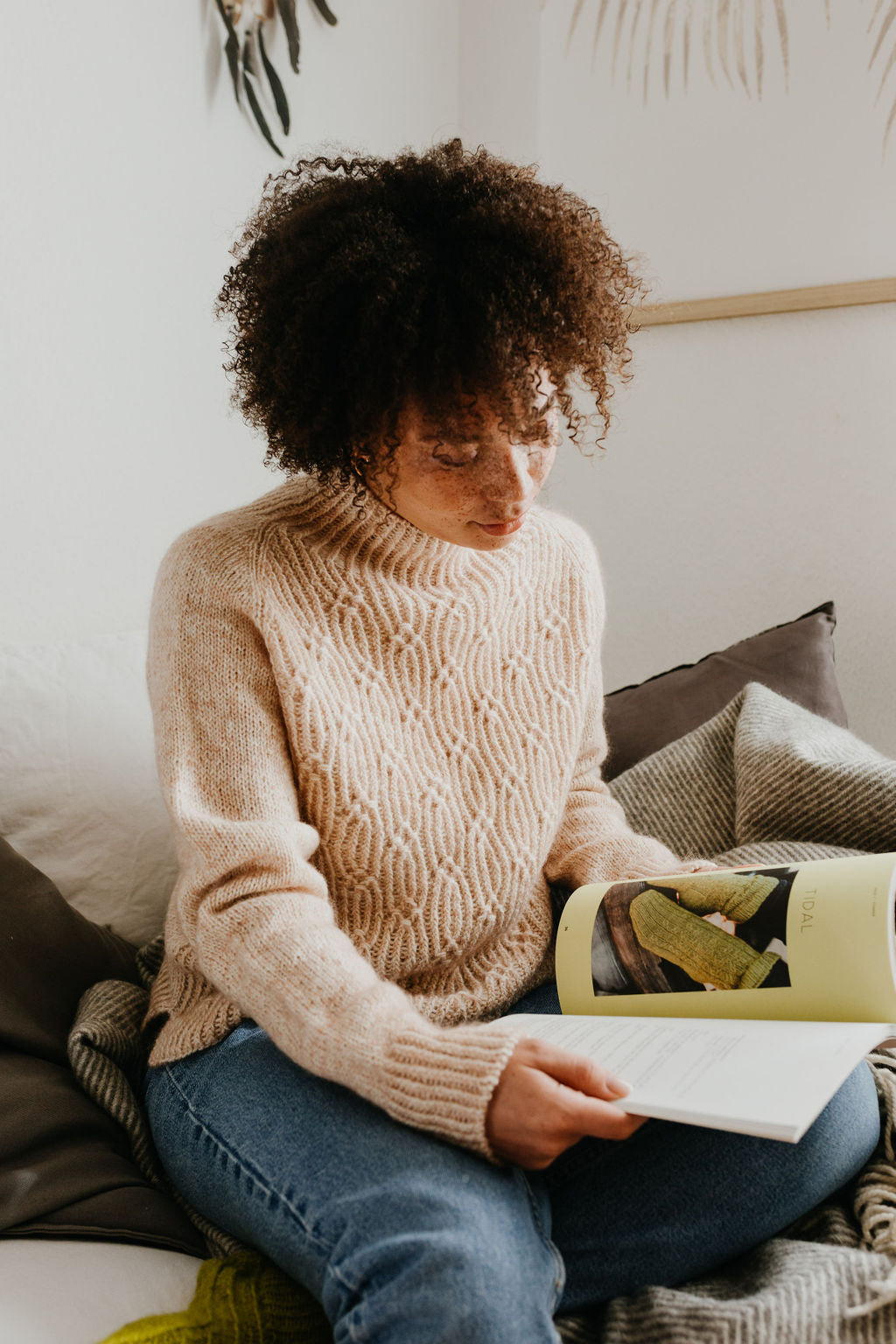
All Books & Magazines
About Us
We're here to help you stitch sustainability into every aspect of your making.
With our carefully curated selection of non-superwash, plastic-free yarns and notions, we have everything you need to get started on your next project - and the one after that.
Here's to a wardrobe of knits we love and want to wear for years to come!
We're here to help you stitch sustainability into every aspect of your making.
With our carefully curated selection of non-superwash, plastic-free yarns and notions, we have everything you need to get started on your next project - and the one after that.
Here's to a wardrobe of knits we love and want to wear for years to come!
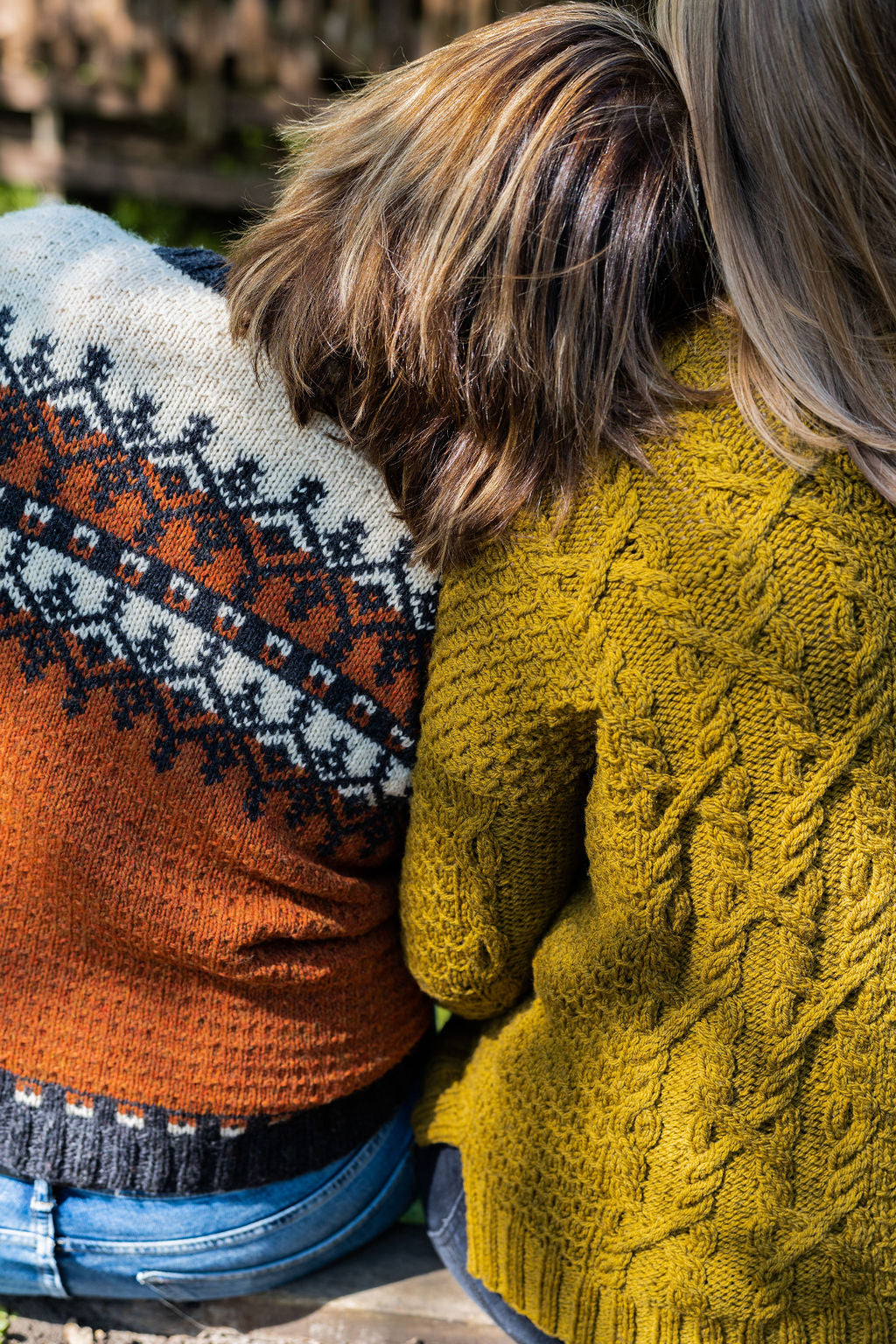
Our Sustainability Pledge

Our Blog
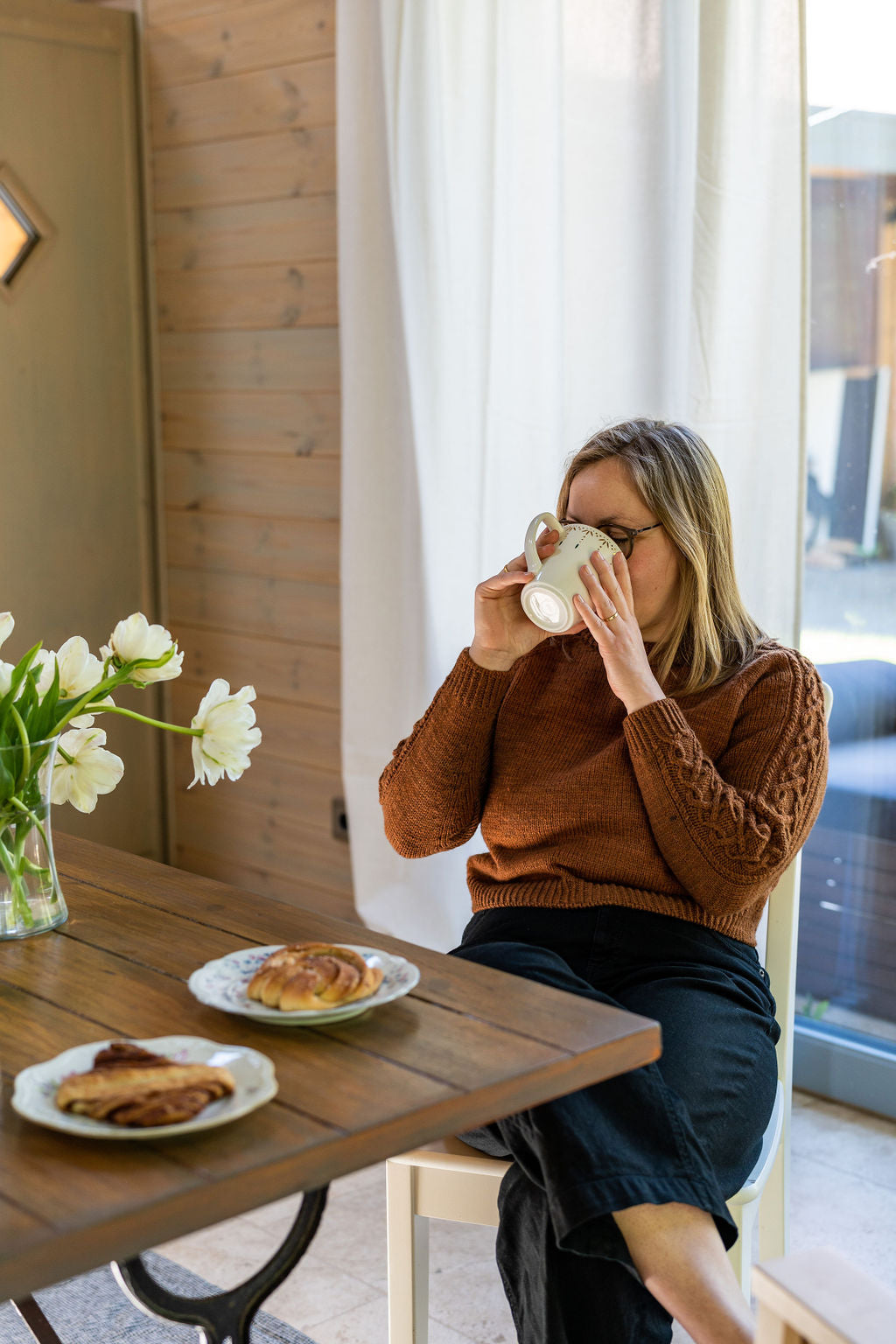
Our Podcast
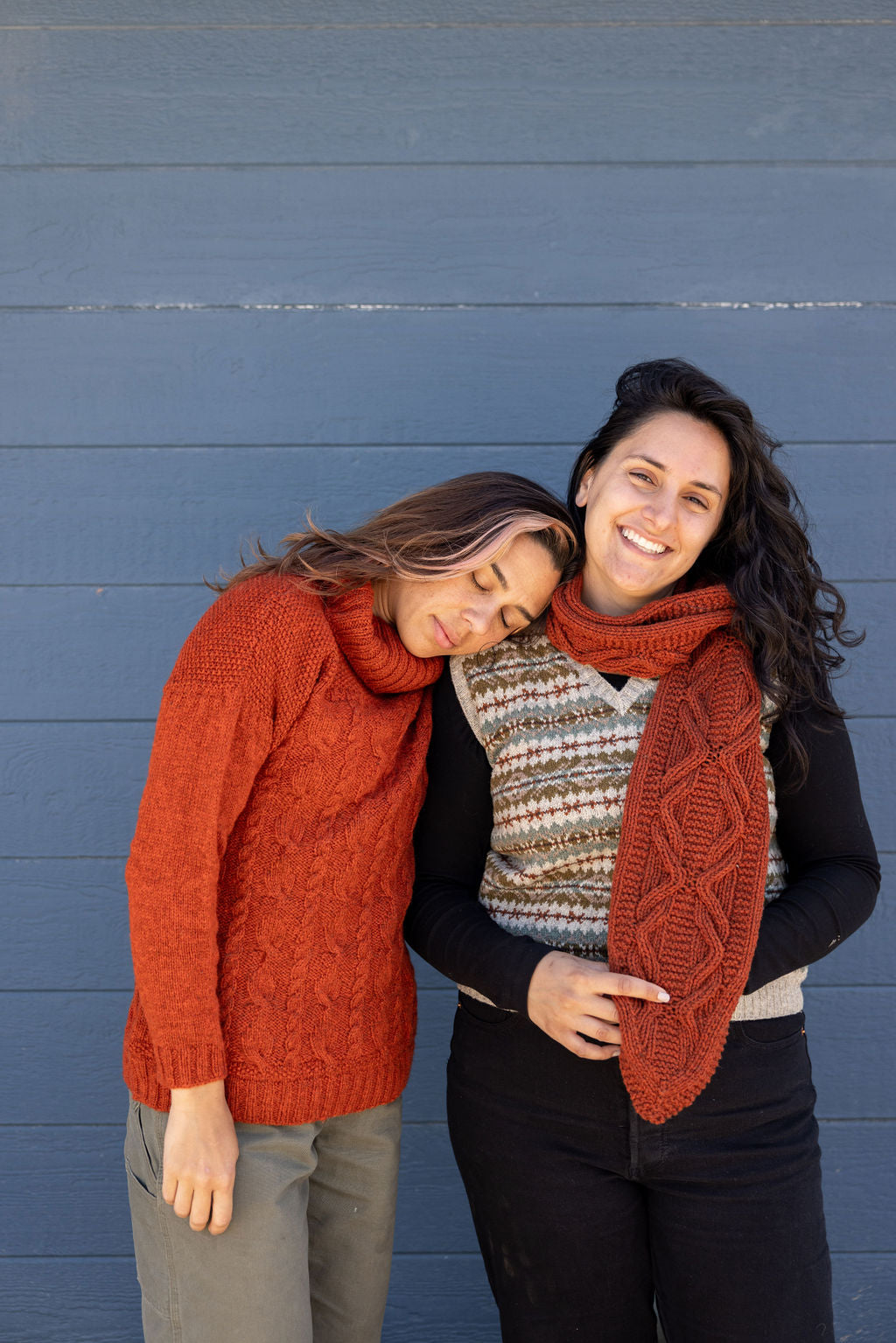
The Making Stories Collective
What Is In My Yarn
April 15, 2020 3 min read
Hello folks! It's Claire here, and I'm so excited to be coming to you today at the beginning of a brand new blog series. Here at Making Stories, knitting sustainably is something we are wildly passionate about, but putting that into practice can leave your head spinning. What does it really mean, and how do you know if that skein you are holding is sustainably made? Over the coming months, this is what we are going to tackle - We're going to demystify what it means to knit sustainably. Are you excited? I am!
Today, we are going to start at the very beginning by asking - What is in your yarn? That short question can open a whole can of (silk!) worms. We can read the ball band, sure, but what do we really know about the fibres listed? And then there is the question of if they are sustainable or not and what sustainable actually means in this context, which takes us down a whole other (angora!) rabbit hole. For today, though, let's start small and break down which fibres can be in a yarn together...
Natural Fibres
Natural fibres can be broken into two categories - animal and plant.
Since the dawn of knitting time, natural fibres have been used for creating fabric. Do you know that wool production can be traced as far back as the Stone Age?! Over the years, our sheepy friends have been joined by a flock of fellow fibre buddies. Being the creative bunch we are, it seems that spinners have tried their hand at creating yarn from just about every animal and plant fibre possible, but for the purpose of this blog post, we're going to look at the ones you are most likely to find at your LYS. Let's break them down:

Animal Fibres
Alpaca, Angora (angora rabbits), Cashmere (cashmere goats), Llama, Mohair, Angora (goats), Silk (silkworms & silk cocoons), Wool (sheep) & Yak.
Plant Fibres
Cotton, Hemp & Linen.
Synthetic Plant Fibres
Here we get into a little bit of a grey area. The term 'Synthetic' can be a bit misleading here as the below fibres are 100% plant-derived, but they are often created as a by-product of another process, most likely in a different industry. This means the plant has been made into a pulp first and then goes through a lot of processing to get it to the point it can be spun into yarn. In short, the final product is a long way from its natural form. Does this mean the below fibres are unsustainable? Not necessarily! It all depends on how it has been processed.
Bamboo, Corn, Lyocell/ Tencel (derived from wood cellulose), Modal (derived from wood), Ramie (part of the nettle family), Rayon/ Viscose (cellulose extracted from wood, bamboo and cotton fibres) & Soy.
Synthetic Fibres
Acrylic, Nylon (also known as polyamide) & Polyester.
My yarn is 100% natural fibres, does that mean it's sustainable?
That would make life way more straightforward, wouldn't it?! Unfortunately, no - animal welfare, how the fibre is processed, where it is processed, is it treated with superwash processes, etc.; all contribute to how sustainable your yarn is. We want to help you to educate yourselves on what yarn sustainability actually means and which aspects of it matter to you, so you feel good and conscious about the yarn choices you make.
Does that sound a little bit like hard work? That's because it is, but don't worry, you're not alone! We have made it our mission to provide you with all the tools and knowledge you need to knit sustainably, and I promise if you stick with us, it will be worth it.
Look out for another post from us next week where we debunk some of those buzz words you hear when talking about sustainability - with 'sustainable yarn' taking centre stage. What is that actually?
See you next week!x
Leave a comment
Comments will be approved before showing up.
Also in Blog

What’s the difference between combed top, roving, batts and rolags?
May 08, 2024 5 min read
Learning to spin yarn comes with a huge array of new jargon, and a lot of these terms relate to how the fibre is prepared. Whether animal or plant fibre, there is a variety of ways it can be processed from raw material into something you can spin into yarn.
We’re going to look at some of the common formats available to hand spinners, what their characteristics are and the kind of spinning techniques they’re suitable for.

6 Joyful Spring Knitting Patterns - My Current Favorites!
April 10, 2024 4 min read
Hi lovelies! Spring has sprung here in Berlin – as I am typing this (mid March), the buds on the chestnut tree out the window are a few days away from bursting, the forsythias are in full bloom, and our strawberry plants have started their comeback as well (leaves so far, but Aurin checks every day for berries :)).
So it's no surprise at all that today's blog post is very much inspired by the sun and the warmer days to come! I have put together a sweet roundup of 6 joyful spring knitting patterns, all of which I'd love to have on my needles soon. (If someone can get me an extra day or two per week to knit (oh, and to spin), I'd love that!)
The three yarns I've paired them with are my favorite spring / summer yarns: De Rerum Natura's Antigone, a delightful sport-weight linen yarn, Wooldreamers' Saona, a 50% Spanish cotton, 50% Spanish wool blend, and Natissea's Pernelle, our newest spring yarn: A 100% European hemp yarn!

Get to Know: Pernelle, our first 100% hemp yarn!
April 02, 2024 3 min read 1 Comment
Hi lovelies! As you might know, we are slowly, surely expanding the portfolio of the shop – I am always on the lookout for wonderful sustainable yarns that might fill gaps we still have, and one that was on the list since last summer was an additional spring / summer yarn.
When I learned about Natissea, a French yarn company dedicated to organic plant yarns, from Audrey Borrego last year, I immediately contacted them to order some samples. As soon as I had Pernelle, their 100% European hemp yarn, on the needles, it was love – grippy, but not ropey, with a lovely drape that only got stronger after a good washing and blocking session.
The shade cards had me swooning too – a really comprehensive, well-composed range of colors with something for everyone in it, from neutrals to spring-inspired pastels to deep jewel tones.
So I was so pleased when Natissea accepted us as a stockist – and I am extra excited to introduce Pernelle to you. Our first 100% hemp yarn, perfect for summer tops, T-Shirts, and lightweight sweaters!
I reached out to Mathilde over at Natissea and she graciously agreed to answer a few questions about Pernelle. I loved reading her answers!
Who Is Making Stories?
We're a delightfully tiny team dedicated to all things sustainability in knitting. With our online shop filled with responsibly produced yarns, notions and patterns we're here to help you create a wardrobe filled with knits you'll love and wear for years to come.
Are you part of the flock yet?
Sign up to our weekly newsletter to get the latest yarn news and pattern inspiration!
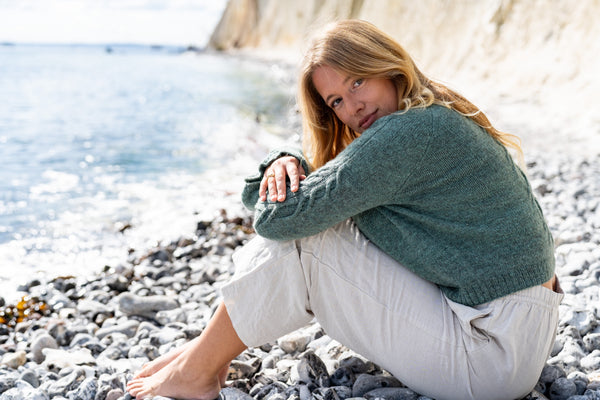
Join the Making Stories flock!
Every Tuesday our newsletter arrives in your inbox, full to the brim with Making Stories goodness. If you would like to join in on the fun, fill in the form below.
As a thank you, we gift you a digital publication of your choice!

